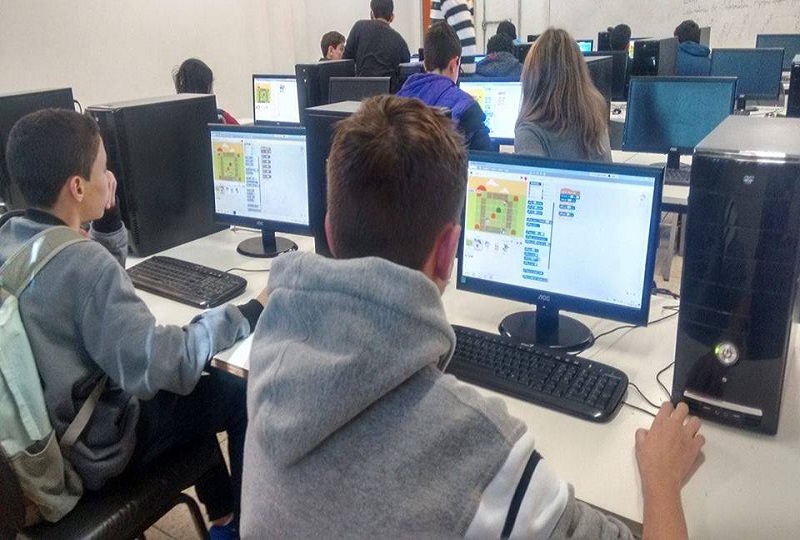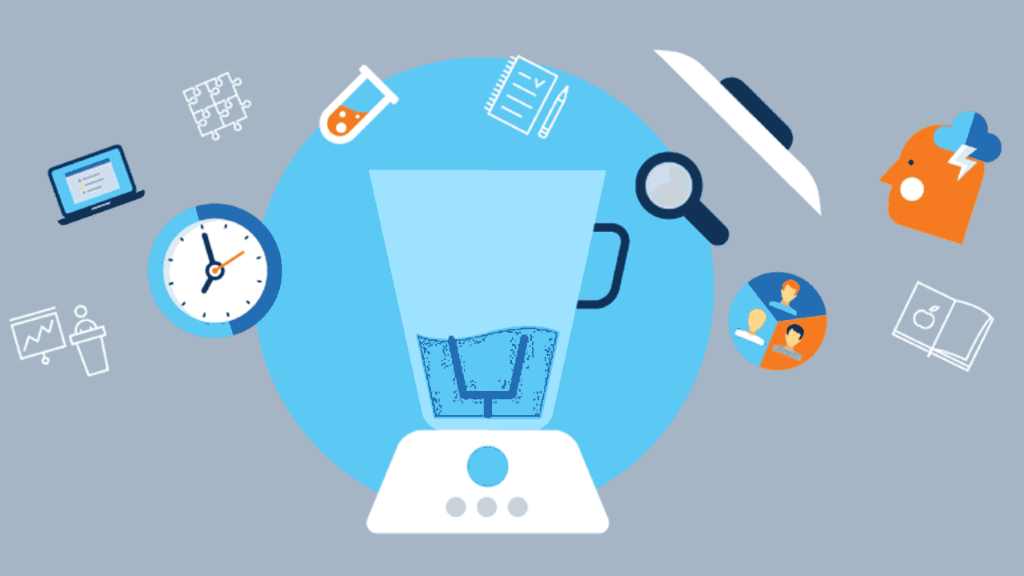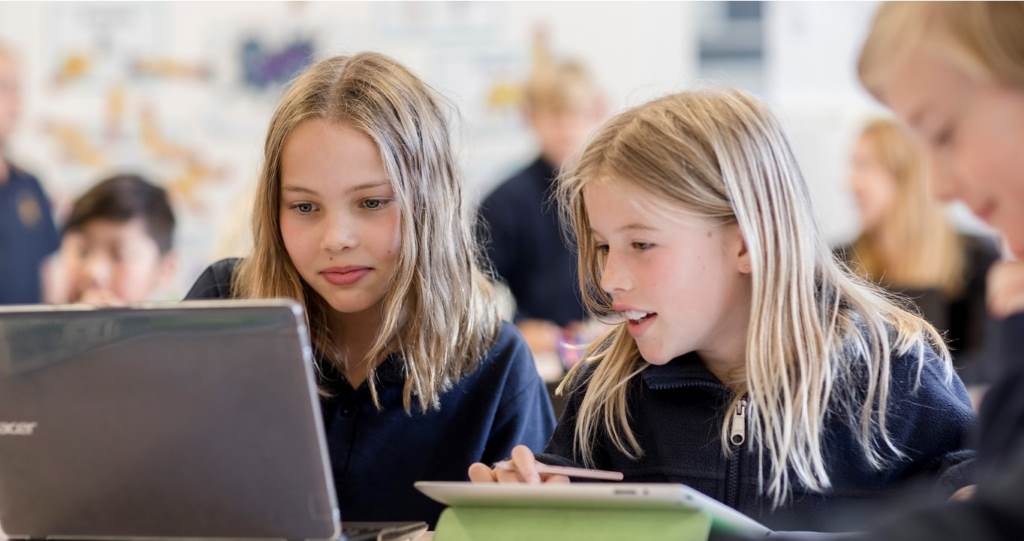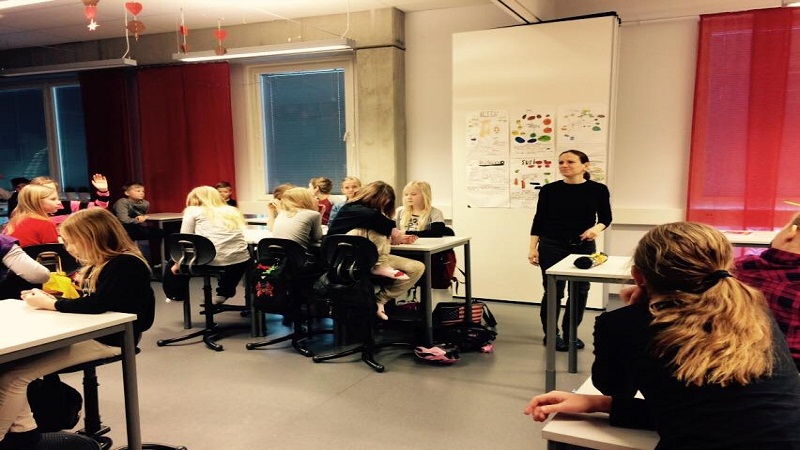Digital technologies- Introducing the use of technology as a didactic resource in a training proposal is a difficult and slow process, however, it is also a progressive dynamic that generates positive changes in students’ attitudes, since it allows students to approach a range of resources that motivate learning. Nowadays, the computer and the Internet take center stage in schools because they function as innovative tools where multimedia resources are available for any subject. Therefore, its integration into the classroom is an issue of current importance that should be addressed by those seeking to improve educational and academic processes.
Finding the right tools and resources that adapt to the learning needs of students is a difficult educational challenge, since not all education professionals have the proper training to implement the use of digital technologies in school. In order to use these tools as a vehicle to achieve the educational goals in the classroom.
Here are the six basic rules for teachers who decide to turn their classes into a digital technologies in learning

#1- Put within reach tools that allow the teacher to interact with the student: using such simple resources as email, chat, discussion forums, platforms, blogs, etc., can help to build collaborative learning networks or communities that make the student in a proactive actor in his learning process.
#2- Take into account the previous training of students: It is always necessary to be clear about what skills, skills and materials are counted, to know the characteristics of the group and their interests, as well as to be clear about the learning objectives, help an adequate implementation of the technologies in the classroom.
#3- Choose accessible and appropriate tools for all participants, without excluding the participation of anyone or playing down the content and activities of the course.

#4- Recreate experiences with the use of multimedia technologies starting from places, characters, environments, etc., which, due to different circumstances, are alien to the students. The electronic media, in general, allow to recreate aspects of knowledge that due to temporarily or distance are alien to the context in which the educational act is performed.
#5- Establish the strategies that allow autonomous learning, since the application and regular use of technology also allows privileging the characteristics of self-learning that, in turn, generates confidence and security in the strengthening of skills and attitudes.

#6- Take advantage of motivation: One of the main characteristics that must be covered by the technologies applied to education is that it must attract the attention of users. In such a way that the student feels motivated to explore, interact and learn with activities directed to them.
Part of the work of the teacher is to find those tools that promote educational experiences suitable for students and that constitute a true pedagogical support. With these simple steps we can strengthen the didactic sense of technology and offer our students effective alternatives to build learning in an interactive and effective way.
Finally, During the last 30 years, digital technologies have had an explosive development in society. The popularization of computers, increasingly accessible in size, price and ease of use, the emergence of the Internet and the expansion of communication and connection possibilities, have created new industries, new jobs, new social and cultural realities, and have irreversibly modified the landscape of our relationships, our knowledge and our ways of interacting in society.
This real revolution aroused the enthusiasm of educators and academics, who imagined the infinite and immediate impact that the development of digital technologies in learning. The objective of this document is to propose a new approach to the inclusion of technologies in education, orienting its use to the improvement of educational quality, defined in a broader sense than commonly used.
In the first chapter we review precisely the concept of educational quality and the challenges it proposes to educational systems, already into the 21st century. In the second part we address the evidence available so far, to review what we know that works and does not work with respect to the use of digital technologies in learning. The third chapter proposes, starting from the challenges and the evidence, a new framework for action in this area, with a small section on the consideration of the total costs associated with the implementation, in the understanding that any intervention always implies a complex public policy decision, in contexts of resource constraints.








